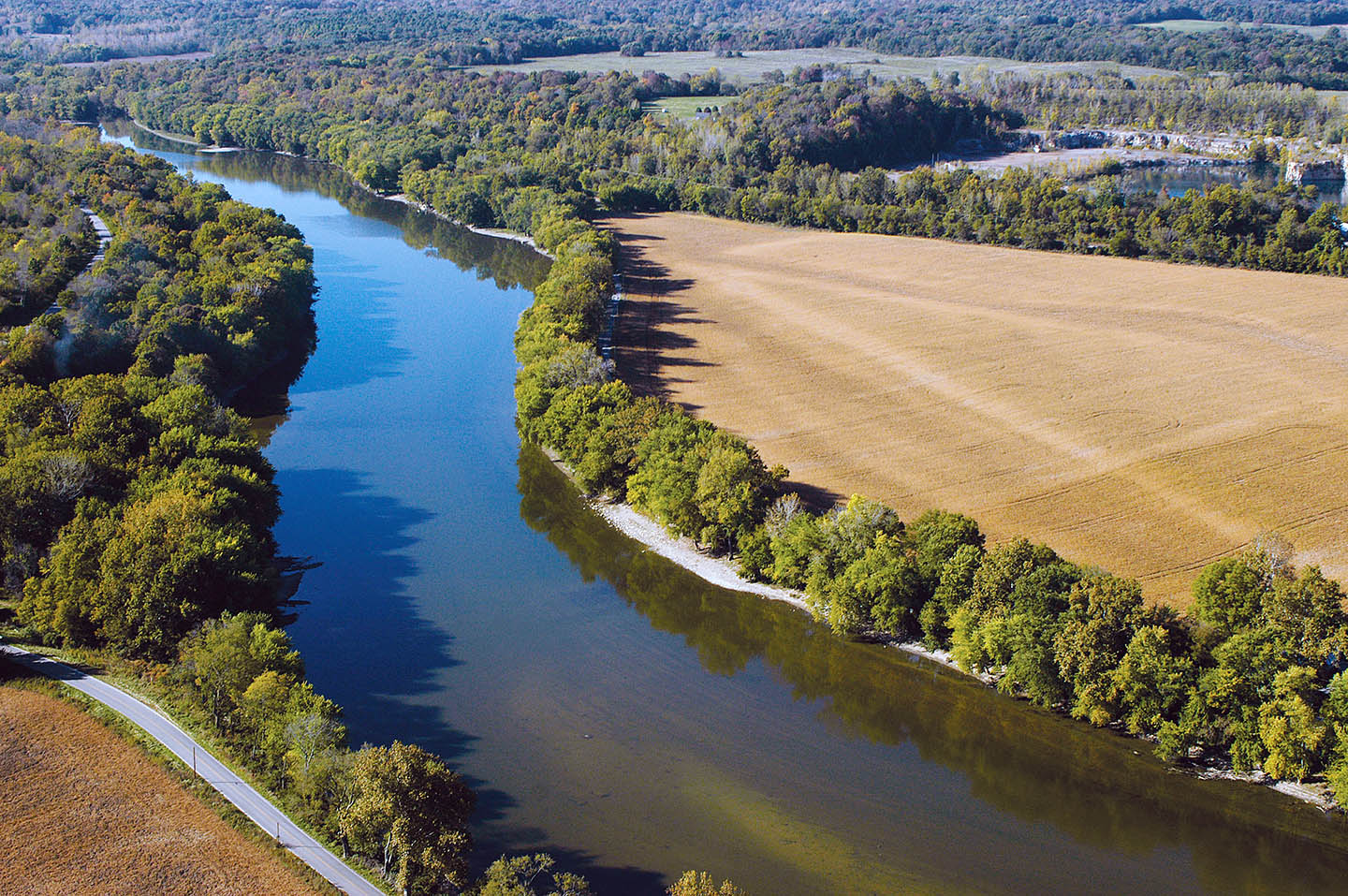Water Wise: How Hoosiers Can Learn, Prepare and Advocate for Cleaner, Safer Water
Clean, safe water is something many of us take for granted—until there’s a boil advisory, a flood warning or questions about strange smells or cloudy tap water.
In Indiana, where aging infrastructure, coal ash sites, and extreme weather are common, access to reliable water is increasingly at risk. Whether you’re a homeowner, renter, student or community leader, understanding your water and how to protect it is essential.
At Indiana Conservation Voters, we believe that every Hoosier deserves access to safe drinking water and the tools to advocate for better protections. In this post, we’ve compiled key resources to help you stay informed, prepared and empowered when it comes to water in your community.
How to Check Your Water Quality in Indiana
One of the first steps in protecting your health and your home is knowing whether your water is safe to drink.
If your water comes from a public utility, you can look up your most recent water quality data using the Indiana Department of Environmental Management’s Drinking Water Viewer tool. Every water utility is required to publish an annual Consumer Confidence Report (CCR), which includes details on contaminants like lead, nitrates or chlorine byproducts and whether your water meets federal safety standards.
If you rely on a private well, water testing is your responsibility. The Indiana Department of Health recommends testing your well at least once a year for bacteria, nitrates and other harmful contaminants. You can request assistance from your county health department or connect with Purdue Extension for guidance on certified labs and water sampling best practices.
Contaminants of concern in Indiana include:
- Lead: often from old pipes or solder
- Nitrates: common in rural and agricultural areas
- PFAS (“forever chemicals”): used in firefighting foam and industrial applications
- Coal ash residues: near coal-fired power plants and their storage sites
💧 If your water tastes strange, smells off or appears discolored, don’t ignore it. Contact your utility, health department or a certified lab to investigate.
Flooding in Indiana: What You Need to Know
Flooding is becoming more common across Indiana, especially in the spring. In recent years, record-breaking rainfall has overwhelmed stormwater systems and damaged homes. With so many of Indiana’s coal ash and sewage systems located near rivers, the risk of water contamination during floods is high.
Whether you live in a designated floodplain or not, it’s smart to prepare. Here’s what you can do:
- Know your risk: Use FEMA’s Flood Maps tool or check with your local planning department.
- Get flood insurance: Standard homeowners insurance doesn’t cover flood damage.
- Have a plan: Keep important documents safe, maintain an emergency kit and know evacuation routes.
- Protect your water: If you have a private well, avoid drinking or cooking with the water if flooding occurs. Boil it or use bottled water until testing confirms it’s safe.
If you suspect water contamination or sewage overflows during a flood event, report it to IDEM’s Emergency Spill Line at 1-888-233-7745.
🌧 Many Indiana residents affected by floods aren’t in a designated flood zone. Changing weather patterns and wetland loss are reshaping the map – and we all need to be ready.
See how one Indiana community’s lost wetlands resulted in increased flooding
What’s Polluting Indiana’s Water—and Why It Matters
Indiana’s water pollution challenges come from several sources. While many people think of industrial waste or illegal dumping, the biggest threats are often more subtle and widespread.
Key sources of water pollution in Indiana:
- Agricultural runoff: Fertilizers and manure from farms contribute to harmful algae blooms and “dead zones” in waterways like the Wabash River.
- Coal ash ponds: These are unlined pits full of toxic waste left over from burning coal, often located near rivers and aquifers.
- Failing septic systems: Many rural and suburban homes still rely on outdated or failing septic tanks, which can leach bacteria and waste into groundwater.
- Urban stormwater runoff: Rainwater washing off roads, roofs and parking lots picks up oil, trash, and other pollutants before heading to local rivers.
Lake Monroe, Indiana’s largest inland reservoir, is often plagued by algae blooms linked to nutrient pollution. Meanwhile, PFAS chemicals—found in firefighting foam, nonstick cookware and industrial waste—are being detected in more Indiana water systems.
💡 Want to see water quality threats near you? Check IDEM’s map of 303(d) list of impaired waterways or explore interactive maps from conservation partners.
🎣 Before you go fishing, check the Department of Health’s Fish Consumption Guideline tool to make sure the fish you catch is safe to eat! This is updated regularly with current consumption advisories in the event there is an increase in harmful contaminants in a waterway.
Take Action: How Hoosiers Can Advocate for Clean, Safe Water
You don’t need to be a scientist to help protect Indiana’s water. Advocacy starts with awareness—and it can grow into policy change when enough of us speak up.
Easy ways to get involved:
- Attend local water utility or stormwater board meetings to ask questions about infrastructure plans and ratepayer investments.
- Write or call your state legislators about the need for stronger protections around wetlands, coal ash cleanup and funding for lead line replacement.
- Support organizations working on water issues.
- Volunteer for a river cleanup or join a local watershed alliance.
Some of the water-related policies we’re working on in Indiana include:
- Full cleanup and safe storage of coal ash
- Reinstating stronger wetland protections after recent rollbacks
- Requiring PFAS testing in all public water systems
- Increased funding for water infrastructure, including lead line removal and stormwater upgrades
✉️ Use your voice to let policymakers know you are about Indiana’s water resources. Read our blog post to learn how to engage with the General Assembly.
Water Resources for Your Area
Whether you want to test your water, report a spill or connect with advocates in your area, these resources are a great place to start:
Statewide Resources and Tools
- Indiana Department of Environmental Management Drinking Water Resources
- Indiana Water Monitoring Council
- Indiana Department of Natural Resources Indiana Floodplain Information Portal
- Purdue Extension Water Resources Management
- Red Cross Indiana Flood Assistance
- Hoosier Riverwatch
- Indiana Department of Health Fish Consumption Guidelines
- Alliance of Indiana Rural Water Source Water Protection Resources
State, Regional and Local Groups
- Save the Dunes (Northwest Indiana)
- Friends of the White River (Central Indiana)
- White River Alliance (Central Indiana, but does work statewide)
- Wabash River Enhancement Corporation (Lafayette area)
- Ohio River Way (Southern Indiana)
- County Soil and Water Conservation Districts (each IN county has its own SWCD)
- Ohio River Valley Water Sanitation Commission
Watershed-Specific Groups
- Kankakee and Yellow River Basin Development Commission
- St. Joseph River Basin Commission
- Maumee River Basin Commission
- Little Calumet River Basin Commission
- Upper Wabash River Basin Commission
How Do I Know What Watershed I’m In?
There are lots of map tools out there to find your watershed and associated resources. Use the following tools to explore your watershed and others statewide. Watersheds are like stacking dolls, as water flows across and under the land, but these are the watersheds we commonly study at a state level.
ArcGIS Online Indiana Watershed Map
This map will allow you to search any address and find information on two different watershed categories, and offers you the IDEM contact for that region. With ArcGIS Online, you can search for and play with other maps available to explore other metrics.
IndianaMap Watershed Boundaries of Indiana
This tool through IndianaMap is simpler than the previous map and allows you to see how our watersheds reach past our state boundaries, since water doesn’t follow manmade boundaries. You can still search for specific addresses with this tool but you cannot add more maps or find IDEM contact information through this.
Conclusion: Water Is Local. And So Is Action.
Indiana’s water challenges are big—but so are the opportunities to protect what we love. From the Kankakee River to the Ohio River, every drop of clean water depends on people like you showing up, speaking out and staying informed.
🌊 Join us at Indiana Conservation Voters to stay updated on clean water issues—and be part of a movement that puts people and planet first.
📌 Five Quick Ways to Be Water-Wise in Indiana
- Test your tap or well water this year
- Find out if you live in a flood zone
- Report pollution, spills, or water violations
- Support funding for wetland and infrastructure protection
- Email your legislator and demand clean, safe water for every Hoosier



